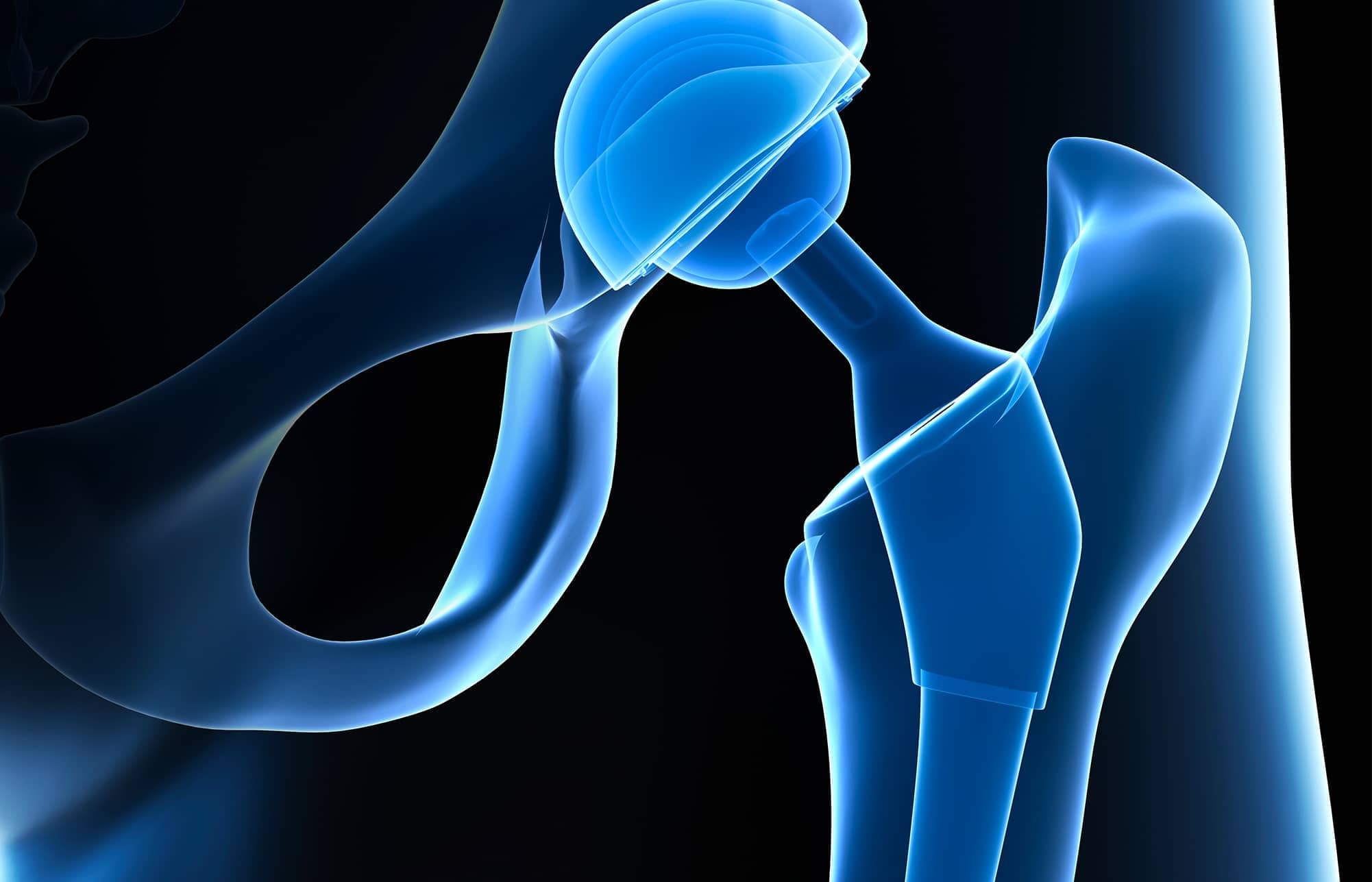Revision of Total Hip Arthroplasty (Tha)
Operating ? on a previously prosthetic hip is possible in two circumstances:
- At the end of the normal wear and tear of the implants, many years after their initial placement.
- In the case of dysfunction or issues with the hip prosthesis.

Discover the different treatments
Find out more about hip replacement surgery here.
Indications
Certain dysfunctions justify the revision or replacement of a total hip prosthesis. The indication for the revision of a total hip prosthesis is based on a clinical and radiographic assessment conducted preoperatively.
VoirSurgery
Hip prosthesis revision is a surgical procedure aimed at entirely or partially replacing an already implanted hip prosthesis. Various situations may lead the surgeon to recommend prosthesis revision : Prosthetic hip revision may be recommended in cases of mechanical dysfunction, implant malposition, wear and tear, loosening, or infection.
VoirPostoperative care
Total hip revision is a technique that is increasingly well-mastered, but it is essential to adhere to the recommended guidelines and the prescribed care pathway to prevent any complications.
VoirUnhappy hip replacement
When pain persists despite a prior hip prosthesis procedure, it often indicates dysfunction or damage to the implant. Various solutions should then be considered with our hip specialist surgeons.
VoirA Rigorous Approach
In all cases, revision surgery is preceded by a rigorous diagnostic process that assesses the condition of muscles and tendons, the quality of bone stock and prosthetic fixation, the positioning and wear of the implants, the reference of the implanted prosthesis, and the surgical approach used during the initial implantation. The diagnosis of infection is rare but should be considered in cases of non-mechanical dysfunction.
Solutions for Prosthesis Revision
From a technical perspective, various surgical solutions are possible in a gradual manner:
- Intervention on muscles, tendons, soft tissues, or calcifications without modifying the existing implants (e.g., tendon repair after the Hardinge approach or arthroscopic iliopsoas tenotomy).
- Isolated replacement of one component without affecting the other prosthetic component (e.g., changing the acetabular component due to psoas impingement).
- Bipolar replacement of both the acetabular and femoral components (e.g., bipolar loosening of implants).
- Replacement with osteosynthesis or metal reinforcement (e.g., pelvic osteolysis due to wear of the prosthesis).
- Replacement with bone graft reconstruction (e.g., advanced periprosthetic bone destruction).